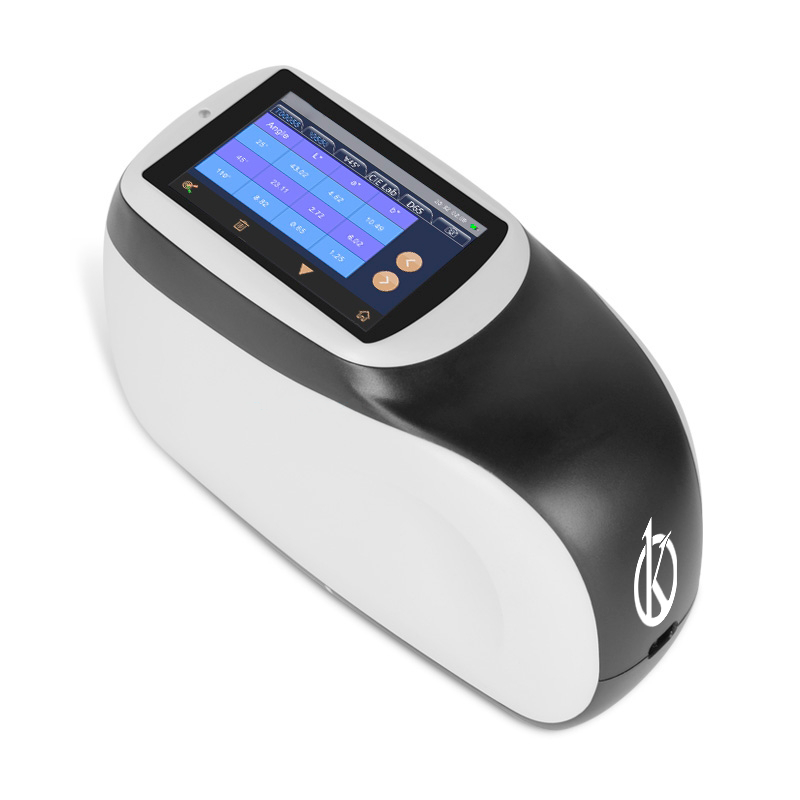The quality designation in the cosmetic industry, is composed of different variables. Among them, color is a very important element, since it allows to improve the appearance of a product or exert a specific effect on human skin, for example, makeup.
In the cosmetics industry, precise assessment and control of color attributes, from raw materials to the final product, is required. This implies an efficient use of resources and allows to meet the requirements of quality of foundation and powders of makeup, lipsticks, nail paints, lotions and creams for skin care, personal hygiene and hair care.
In the manufacture of cosmetics it is essential to maintain the consistency of the colors and the combination of the same. For this, pigment evaluation is essential for the creation of quality formulations. However, keeping the color formulations in a repeatable pattern, depend on instrumental analysis for quantifying color data.
This is because the perception of pigment color varies from person to person. In addition, the light source, reflective value, and opacity affect the visual appearance of the pigments, making color control imprecise.
The equipment for performing color analyzes is called a spectrophotometer. This technology not only simplifies the process, but also ensures consistency and color matching, reproducibly at all times.
What is a spectrophotometer and how does it work?
A spectrophotometer is an analytical instrument that allows measuring in a sample, the properties of reflectance or light transmittance, at different wavelengths of the visible spectrum, from 400 mm to 700 mm.
Reflectance is defined as the amount of light that reflects the sample when it is touched by a beam of light, while transmittance is referred to as the amount of light that transmits the sample when the beam of light passes through it. The operation of the equipment depends on the type of sample. With an opaque sample, the spectrophotometer captures reflected light. In the case of a clear or transparent sample, the light transmitted through the sample is measured. The information is then processed by the computer and converted into spectral data.
The measurement of light reflected or transmitted at many points in the visible spectrum, allows the construction of a curve. The curve of each color sample is unique, making it a valuable tool for color identification and specification. Spectrophotometers are currently the most commonly used instruments to evaluate this variable.
Is it advantageous to use a spectrophotometer?
Currently they are the instruments chosen for color formulation. Here are a few of the benefits:
- It is useful for specification of standards and tolerances, as well as performing color quality control, which allows color consistency throughout the manufacturing process.
- It allows the quantification of a qualitative characteristic.
- Quick to operate, with the ability to collect results in a short time.
- It allows metamerism identification, opacity and turbidity measurement, as well as impurity detection.
Kalstein spectrophotometers
At Kalstein we offer a wide variety of table and portable spectrophotometers of the YR series, whose characteristics depend on the model you choose. In the case of table equipment, facilitate the configuration of several standard curves, according to the solutions being analyzed, allows the determination of the concentration of unknown solutions. These devices can display 5 on-screen results such as wavelength, absorption and transmittance. Offer memory storage of up to 200 results. In addition, they are designed with a 2.5-inch LCD screen that allows clear viewing of standard curves and groups of results. They also feature a deuterium lamp that ensures high photometric accuracy and is easy to replace. For more information on Kalstein spectrophotometers, please visit HERE

